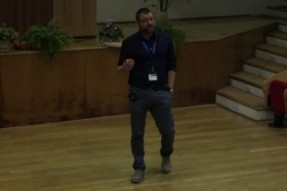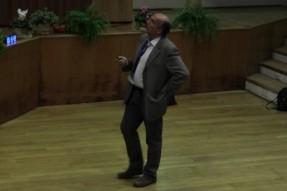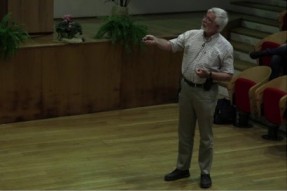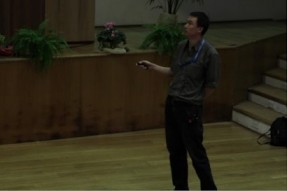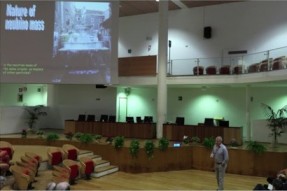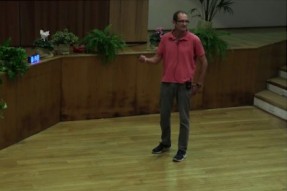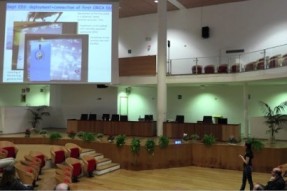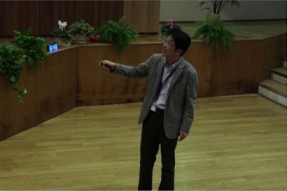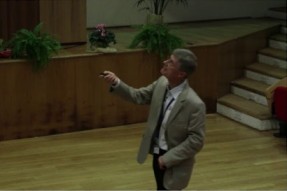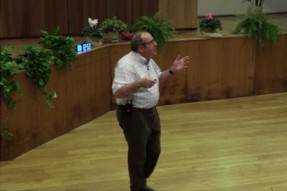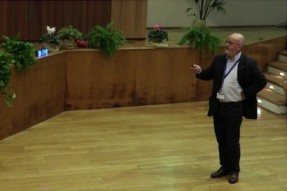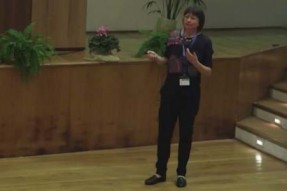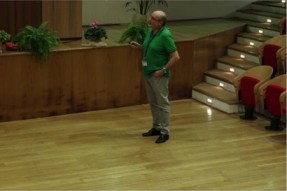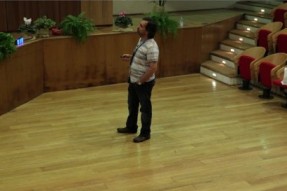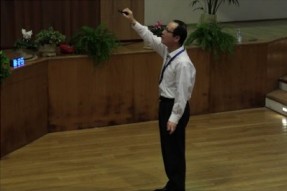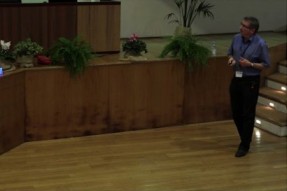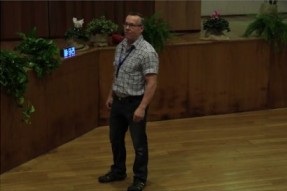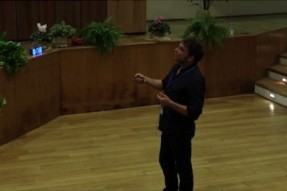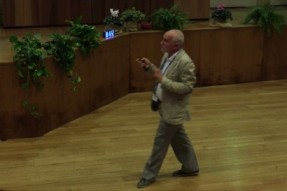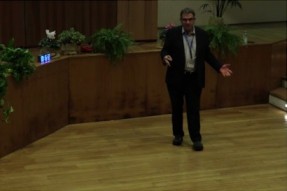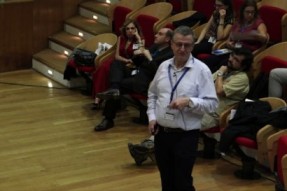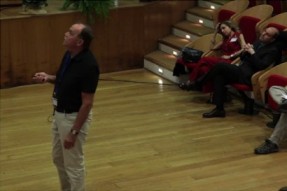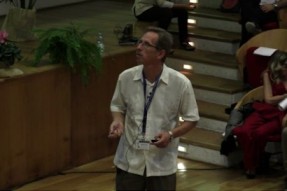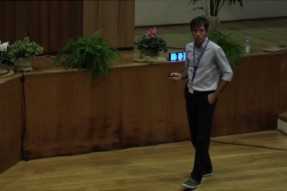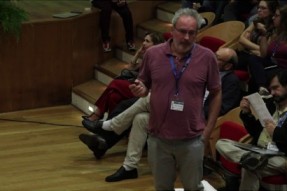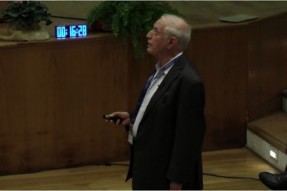Direct neutrino mass measurement by the HOLMES experiment
Angelo Nucciotti (Università di Milano Bicocca)
The assessment of the neutrino absolute mass scale is still a crucial challenge in today particle physics and cosmology. Beta or electron capture spectrum end-point study is currently the only experimental method which can provide a model independent measurement of the absolute scale of neutrino mass. HOLMES is an experiment to directly measure the neutrino mass by performing a calorimetric measurement of the energy released in the electron capture decay of the artificial isotope $^{163}$Ho.
In a calorimetric measurement the energy released in the decay process is entirely contained into the detector, except for the fraction taken away by the neutrino. This approach eliminates both the issues related to the use of an external source and the systematic uncertainties arising from decays on excited final states.
HOLMES will deploy a large array of low temperature microcalorimeters implanted with $^{163}$Ho nuclei. The achievable neutrino mass statistical sensitivity is expected in the eV range, thereby making HOLMES an important step forward in the direct neutrino mass measurement with a calorimetric approach as an alternative to spectrometry. HOLMES will also establish the potential of this approach to achieve a sub-eV sensitivity.
HOLMES is designed to collect about $3times10^{13}$ decays with an instrumental energy resolution around 1 eV FWHM and a time resolution around 1 $mu$s. To achieve this in three years of measuring time, HOLMES is going to deploy 16 sub-arrays of TES microcalorimeters. Each sub-array has 64 pixels ion implanted with $^{163}$Ho nuclei to give a pixel activity of 300Bq per pixel. The TES arrays are read out using microwave multiplexed rf-SQUIDs in combination with a Software Designed Radio data acquisition system.
The commissioning of the first implanted sub-array is scheduled for the end of 2017 and it will provide first high statistics data about the EC decay of $^{163}$Ho together with a preliminary limit on the neutrino mass.
In this contribution we outline the HOLMES project with its physics reach and technical challenges, along with its status and perspectives. In particular we will present the status of the HOLMES activities concerning the $^{163}$Ho isotope production by neutron irradiation and purification, the TES pixel design and optimization, the multiplexed array read-out characterization, the cryogenic set-up installation, and the setting up of the mass separation and ion implantation system for the isotope embedding in the TES absorbers.
"CNNP 2017 - Conference on Neutrino and Nuclear Physics" (Catania, 15-21 October 2017)
Vedi anche
- Bellezze e sporcizia nell'Universo
- Simmetria: la ricerca di ordine in natura
- Structure of proton-rich nuclei via mirror beta decay and charge exchange reactions
- Developments and applications of Micro-Pattern Gaseous Detectors (MPGD): a concise review
- Novel approaches to the nuclear physics of double beta decay
- DAMA/LIBRA results and perspectives
- The SOX experiment at LNGS for the search of sterile neutrinos
- The HALO and HALO-1kT Supernova Detectors
- Low-energy neutrino experiment at Jinping
- Theory of neutrino masses and mixing

